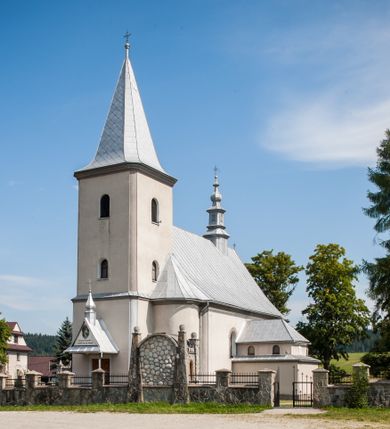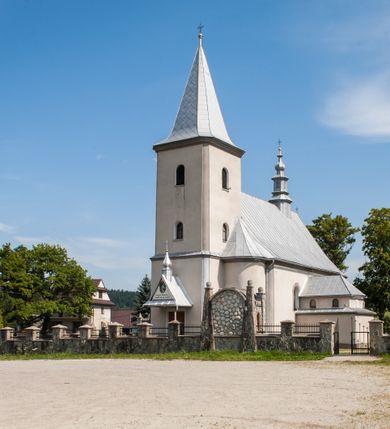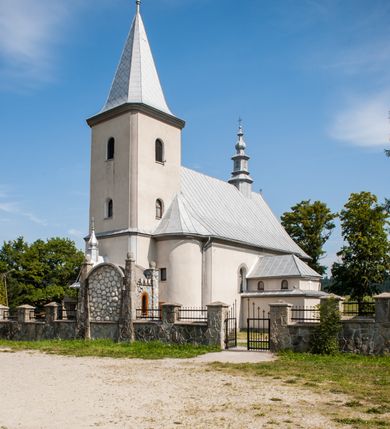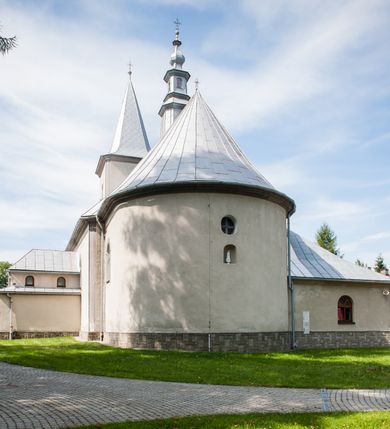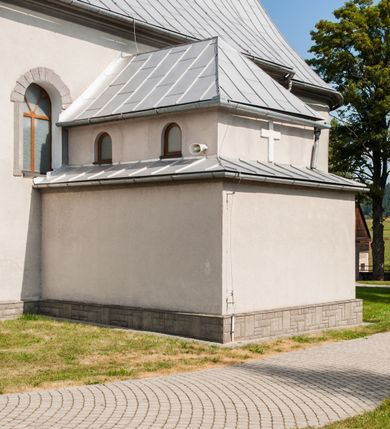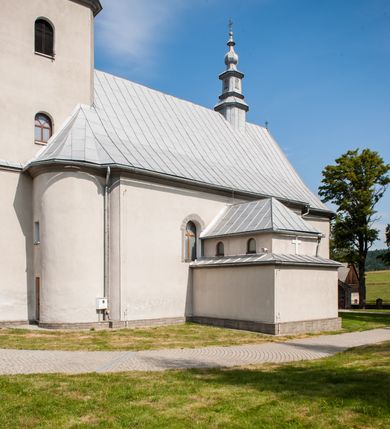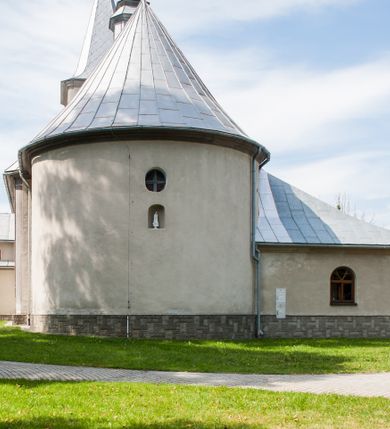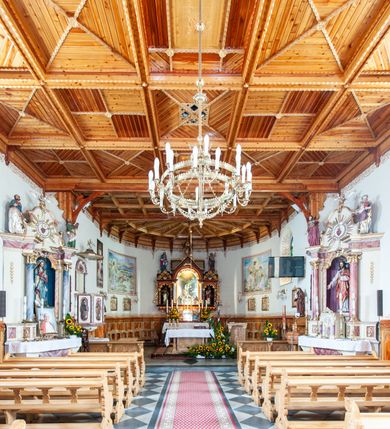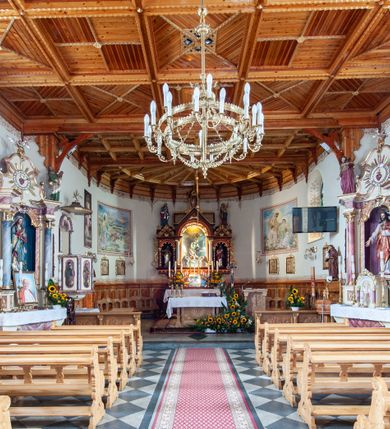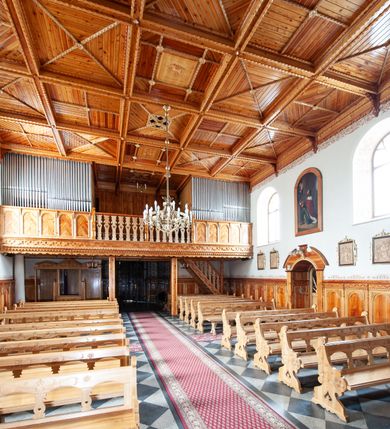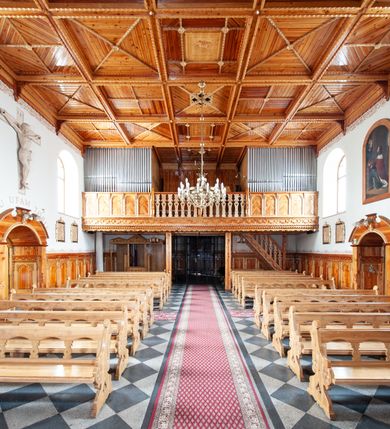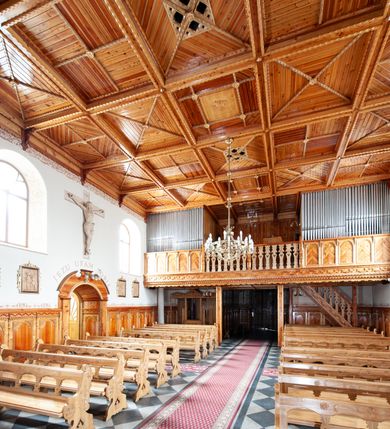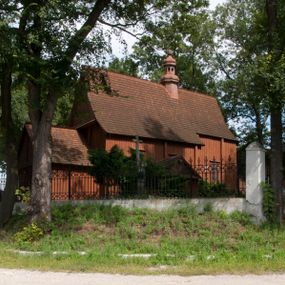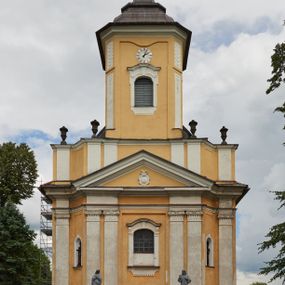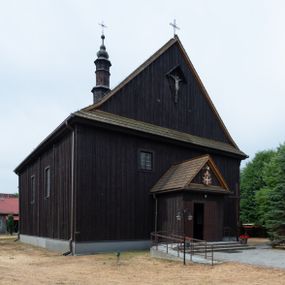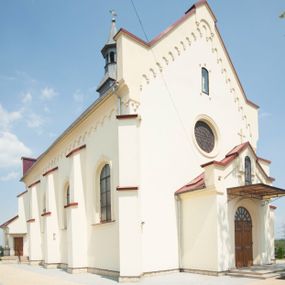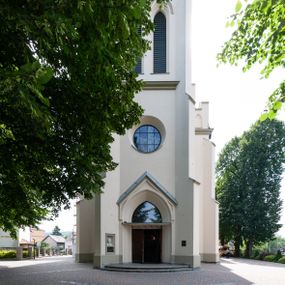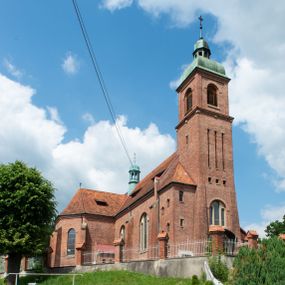
Church of Saint Rozalia
Identifier
DZIELO/21728
Amount
1
Catalogue note author
Maria Działo
History of work
In 1787, after epidemics plaguing Podszkle, a village inhabitant, Joanna Wilczkowa, founded the chapel of St. Rosalia. Calling this place, patrons from infectious diseases was to prevent further recurrence of the epidemic. Saint Rosalia (1130-1165 or 1170) lived a penitential life in a cave in Sicily. During a plague in Palermo in 1624, she appeared to a woman and revealed her burial place. After the relics were moved to the city, the epidemic ended. From then on, she was considered the patron of infectious diseases, hence the chapel in Podszkle was erected in her veneration. In 1803, the parish under invocation of St. Rosalia was founded, also including Bukowina. The parish district was separated from the Orawka and Podwilk parishes. In connection with the establishment of a new parish, the chapel was enlarged. In this way, from the small chapel the discussed church in the Josephine style was created. In 1819, the church was enriched by a bell from the foundation of the Bukowiński and Wilczek families, which was made by the bell founder Józef Christelly in his workshop in Banská Bystrica. At the beginning of the 20th century, father Jan Kalunski (Kałuński) became a parish priest in Podszkle. The new parish priest built a chancel and also made a new altar for the church. His successor priest Stefan Kofrit brought to the Podszkle temple new organs and several sculptures - statues of the Virgin Mary and Jesus and two figurines of angels to one of the altars. In 1923, a new high altar was completed, at the time when Józef Buroń was the parish priest, which was recorded in the parish chronicle: "an altar built of parishioners' contributions from here and from America". The author of the work was Stanisław Bródny from Tarnów. As the previous church bells were requisitioned and melted down during World War I, the parishioners (Jan Bukowiński and Jan Ledworuch) purchased two new bells, which were brought to Podszkle in 1924. Bells were solemnly blessed by the dean of the deanery of Jabłonka. In 1925, the parish was taken over by a distinguished activist, Franciszek Urvay, who was awarded with the Medal of Independence. During his ministry, the church was renovated outside, and a women's gallery was added. In the sixties a new fence was made around the church. In 1964 the church was plastered. In the same year, a Chapel of the Crucifixion (also called the Chapel of the Holy Cross) was erected in the place of the women's gallery, which served as the Lord's Tomb and the stable of Bethlehem. In the years 1991–1995, renovation works were carried out on the initiative of parish priest Jan Kołodziej, including installation of paneling on the walls, coffers on the ceilings and renovation of the altars. In addition to the high altar, the temple also has two side altars, probably erected soon after the church was built, a pulpit, an organ loft and stations of the cross, which were made by Antoni Krzak, a folk artist from Maniów.
Similar works
By title
By category
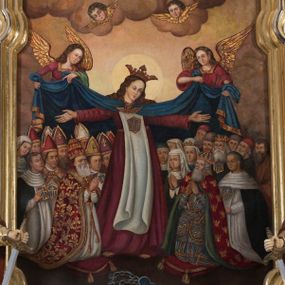
Our Lady of the Redemption of Slaves
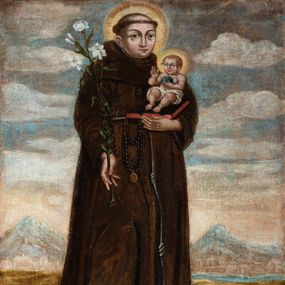
St. Anthony of Padua
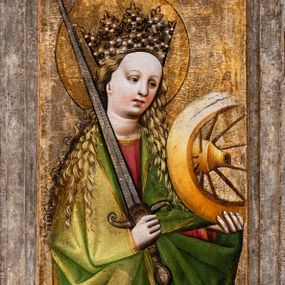
A front left wing of the old triptych of Our Lady of the Immaculate Conception
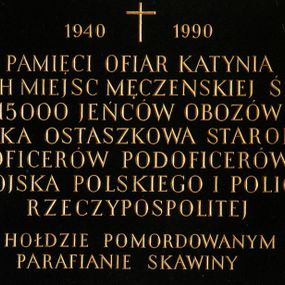
A plaque commemorating the victims of extermination
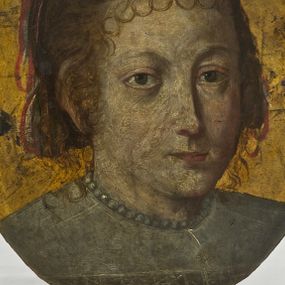
A portrait of Zofia Kochańska of the Swierczewski family
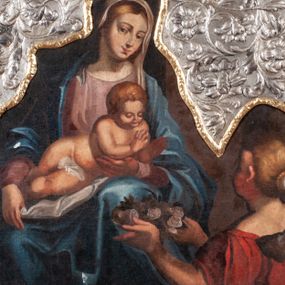
Adoration of Mary
How to cite?
Maria Działo, "Church of Saint Rozalia", [in:] "The Sacred Lesser Poland Heritage", 2026, source: https://sdm.upjp2.edu.pl/en/works/church-of-saint-rozalia
